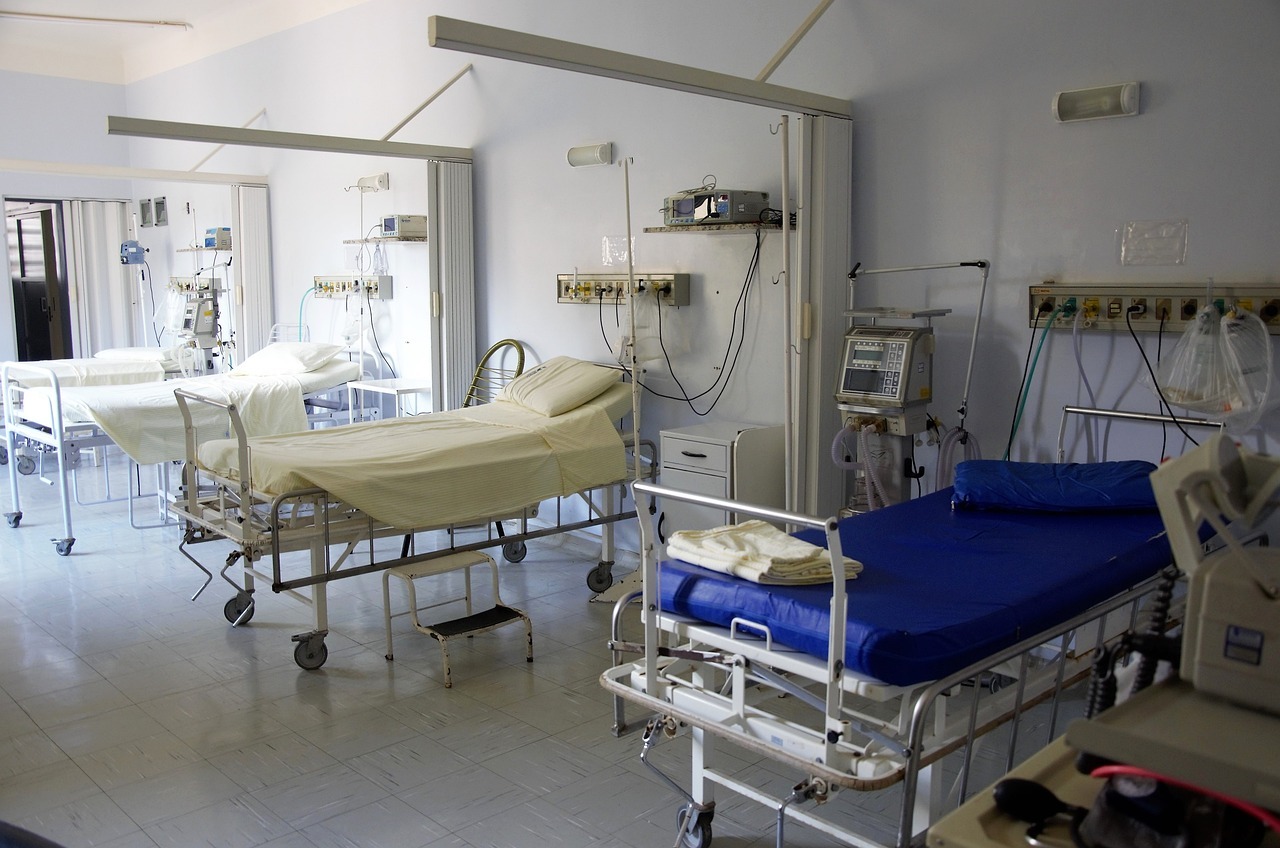Last year the British Heart Foundation launched a standout campaign titled ‘This is science fiction’, illustrating how donations had turned what once was science fiction into a healthcare reality. It was an inspirational message. But for many people in healthcare, their everyday working reality is a different story.
The streams of NHS workers lining the streets to strike are an indicator of the current state of staff working conditions and workloads. Much has been shared about the NHS buckling under the pressure of holding up an overwhelmed system: a record high waiting list, staff shortages and strikes play out against a backdrop of an ageing population and post-COVID realities.
These issues are infiltrating social care, a vital sector for relieving NHS pressures and providing necessary daily services to communities across the country. As all of this pressure mounts, it feels as if we could be reaching a crisis of seismic proportions.
But in this cycle of ever greater burdens, emerging technologies are relieving the load. New advancements and groundbreaking discoveries hold the potential to transform the healthcare system as we know it. And without such tech, it feels infeasible to provide the support so urgently needed to improve both staff and patient outcomes.
From AI breakthroughs…
Healthcare is where AI shows its power for good. This year we have seen it discover a superbug-killing antibiotic and trials revealing it works as good as two radiologists in breast cancer screenings. These are exciting developments for the future.
On a more day-to-day basis, scaleups are leading the fight against healthcare’s immediate challenges. The majority of NHS staff work indoors within a vast network of healthcare facilities. In this network, managing resources and staff allocation can be a tricky activity that adds to staff pressures.
As such, companies like Navenio provide indoor real-time location services – driven by AI – to help hospitals most effectively allocate jobs and resources by tracking the location of staff and physical assets. The company has just raised £5m to take its services across the pond to the US.
Technology is also improving home and social care services. Like Navenio, CareLineLive looks to enhance efficiency and staff capacity. It offers a cloud-based system to home care agencies that digitises workflows, automates procedures, and houses up-to-date patient and carer information. This reduces carer workloads and gives them more time for patient care.
…to everyday apps and wearables
An apple a day might keep the doctor away, but in the modern world this proverb is turning into ‘an app a day keeps the doctor away’. Healthcare apps and wearables like the Apple Watch are the latest trends people are latching onto, allowing them to monitor a whole spectrum of their health habits – from sleep patterns and heart rates to daily moods and emotions – and self-manage care.
Brain in Hand is one such company seeing the huge potential in harnessing everyday devices to provide inclusive support. It uses digital tools combined with human support to offer real-time personalised support to autistic people, helping them manage day-to-day overwhelm and anxiety, routines, planning, and more.
More broadly, there is currently a massive demand for investment into disability tech. And this demand is a reflection of the current funding landscape.
A mixed – but primed – investment market
After a surge during the pandemic years, investment in healthtech has dipped, becoming a more inconsistent market in tune with changing economic winds. But despite a 37% drop in UK healthtech funding last year, 2022 “was still the second most well-funded year for British health tech in the past decade.”
Of particular note, startups and scaleups bucked the trend, as “seed-stage funding experienced a 39% year-on-year increase, reaching $254m in 2022”. And now Sifted has just revealed the 50 most active early-stage healthtech investors currently dishing out the deals. The opportunities for early-stage and rapidly growing healthtech companies are there and growing again – they just need to get themselves seen.
Of course collaboration between government bodies, NHS providers, local services and tech companies is vital to taking on the crisis headfirst. Government incentives need to be provided to tech providers to further fuel innovation. But with the right investment and growth, healthtech companies can help propel this change across the healthcare scene.
If you’re a B2B healthtech company wanting to learn more about how PR can support your growth, get in touch today.
Related Articles



